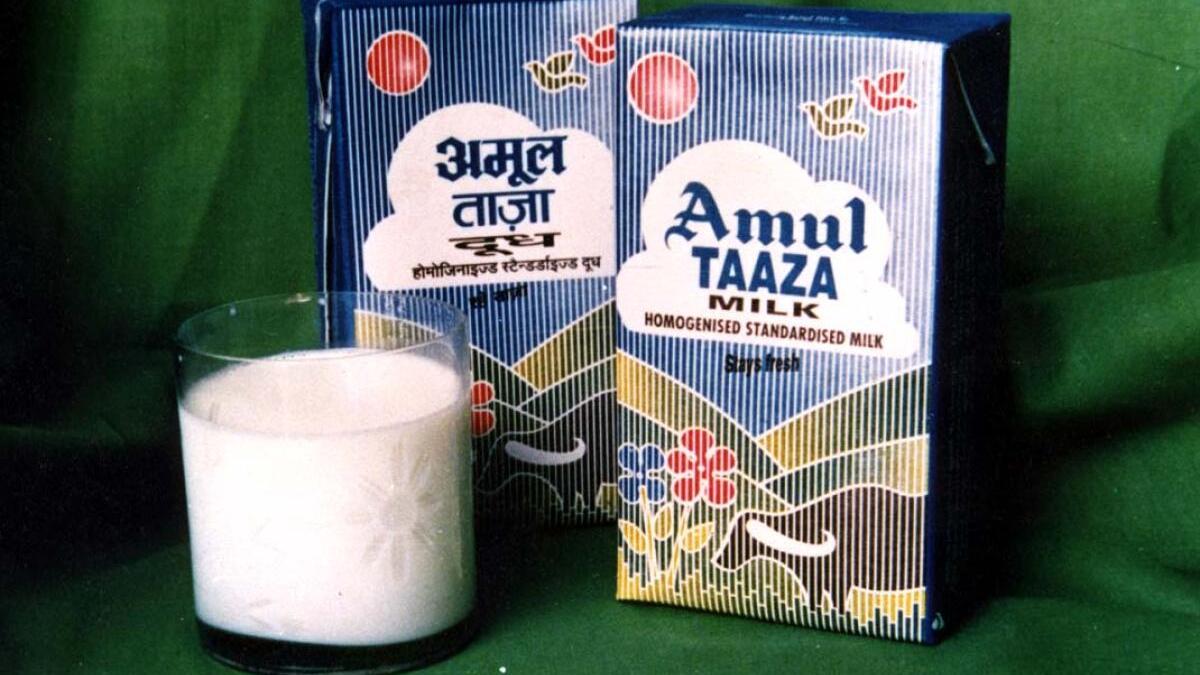
Amul goes global: A look at the dairy giant’s journey from Kaira to US Premium
The Hindu
Amul expands globally, launching fresh milk in the USA with Michigan Milk Producers Association, targeting NRIs and Asian population. Here’s a look at its journey from a Gujarat village to the US
“The Taste of India. Now in USA,” India’s largest dairy co-operative Amul, i.e. Gujarat Cooperative Milk Marketing Federation (GCMMF), declared in a newspaper advertisement on Sunday, May 19. Partnering with the 108-year-old American co-operative organisation Michigan Milk Producers Association (MMPA), Amul is launching four variants of fresh milk in the U.S. market. “Amul Doodh ab piyega America,” touts the dairy giant in its advertisement.
Announcing its plans to go global on March 25, GCMMF MD Jayen Mehta told PTI, “We have been exporting dairy products for many decades. This is the first time we are launching fresh milk outside India.” While the milk collection and processing will be done by MMPA, Amul will take care of branding and marketing its fresh milk products. The initial launch will cover New York, New Jersey, Chicago, Washington, Dallas and Texas, targetting non-resident Indians (NRIs) and the large Asian population in the U.S.
Currently, Amul exports dairy products to 50 nations and has 36 lakh dairy farmers as members of its dairy co-operative in India.
As it goes global, here’s a look at Amul’s growth story.
The milk trade in Anand’s Kaira district was blooming in 1945 with the implementation of the Bombay Milk Scheme, with the Bombay government tying up with Polson Limited to supply milk to Bombay from Anand. After the milk was pasteurized in Anand, it had to travel 427 kilometers, via many contractors, suppliers and distributors, before it reached consumers in Mumbai. The tie-up was successful for Polson, the government and the middlemen who kept a major chunk of the profits earned.
However, milk prices were not regulated to assure minimum compensation to the dairy farmers, who were forced to sell milk, curd, paneer and ghee at any price demanded by the contractors. After consulting Congress veteran Sardar Vallabhai Patel, the farmers formed a dairy co-operative named ‘Kaira District Co-operative Milk Producers’ Union’ in 1946, under the guidance of Mr. Patel’s deputy Morarji Desai. Milk co-operatives were formed across all villages in Kaira, with the union collecting milk from its member farmers to sell to the Government. Farmers refused to sell to any milk contractor in the district if the government refused to buy from the union.
As the Government refused to budge, and the farmers too remained resolute in their demand,no milk was transported to Bombay from Anand for fifteen days. Finally, the Bombay government relented and the Kaira District Co-operative Milk Producers’ Union Limited was formally registered on December 14, 1946. Within two years, by June 1948, the union began pasteurizing milk, producing 250 litres of milk via its two village co-operatives and 432 member-farmers. By the end of that year, the union began producing 5000 litres of milk per day.











